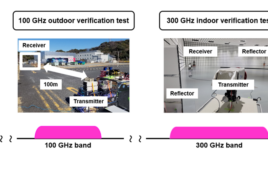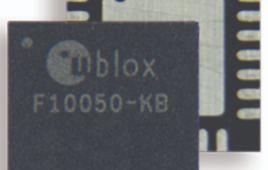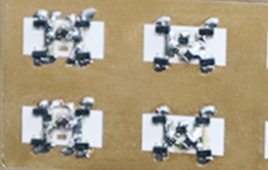Earthquakes, floods, hurricanes—natural disasters can devastate many lives. According to Purdue University, drone assistance during these events is still at its beginning stages, with many obstacles on the horizon until they reach their full life-saving potential.
A Purdue team, led by professors in aeronautics and astronautics Shaoshuai Mou and Dan DeLaurentis, is hard at work using artificial intelligence (AI) and machine learning algorithms to develop an autonomous platform that will enable air, ground, and aquatic drones to communicate in real time.
The byproduct of many natural disasters is unpredictability. So, as the environment changes, the platform will allow the robot forces to make collaborative decisions and adapt throughout the mission.
“For the system, we focused on a multi-agent network of vehicles, which are diverse and can coordinate with each other,” says Mou. “Such local coordination will allow them to work as a cohesive whole to accomplish complicated missions such as search and rescue.”
Mou continues, “There are challenges in this area. The environment may be dynamic, for example, with the weather changing. The drones have to be adaptive and must be capable of real-time environment perception and online autonomous decision making.”
Onboard AI and machine learning will help with object detection, human-machine communication, and continual system improvements over time. Although autonomous, a human operator can monitor the action remotely, and communicate in natural language to send updates to the robot troops.
Mou says, “For complex situations, we still need to involve humans in the loop and try to do mixed autonomy consisting of machines and humans.”
“The utilization of the combination of heterogenous vehicles should be a key to so many complicated problems,” Mou adds.
The team hopes to use these autonomous tactics instead of sending first responders into unstable and dangerous environments. Drones can also deliver emergency medical supplies if needed.
University of Illinois-Chicago and University of Massachusetts at Amherst faculty members are also involved with the project. The research is supported by funding from Northrop Grumman Corp. for three years under its Real Applications of Learning Machine (REALM) research consortium.




